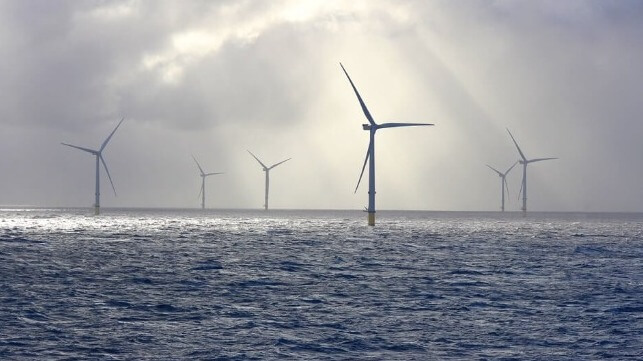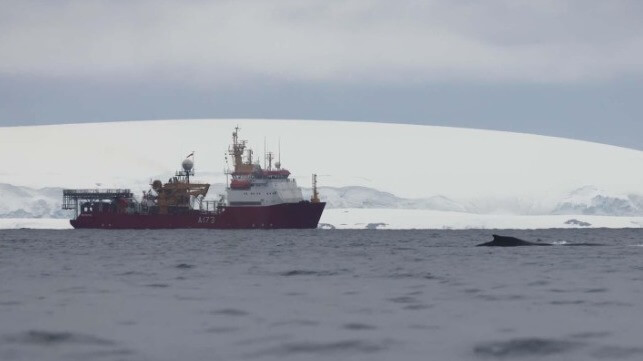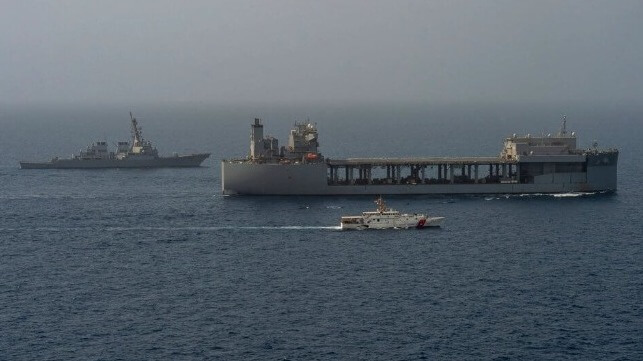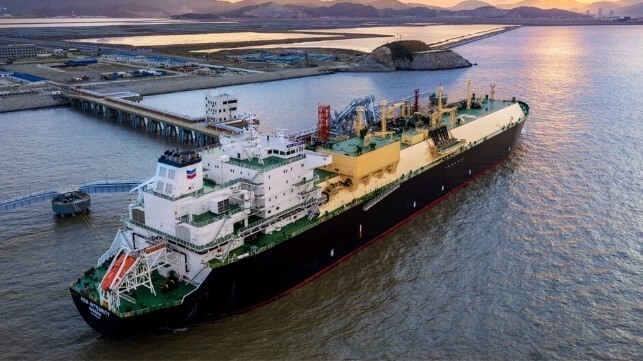Smearing Ceasefire Protesters, Pelosi Combines Devotion to Israel With Cold-War Mania
Sometimes there’s a thin line between vile demagoguery and pure idiocy. Congresswoman Nancy Pelosi straddled both during a Sunday appearance on CNN, when she smeared protesters who’ve been demanding a ceasefire to end Israel’s slaughter of Palestinian people in Gaza.
“The former House speaker said, without offering evidence, that she believed some protesters are connected to Russian President Vladimir Putin,” NPR reported.
“For them to call for a ceasefire is Mr. Putin’s message,” Pelosi said. “Make no mistake, this is directly connected to what he would like to see. Same thing with Ukraine. It’s about Putin’s message. I think some of these protesters are spontaneous and organic and sincere. Some, I think, are connected to Russia. And I say that having looked at this for a long time now.”
Like Congress as a whole, Pelosi refuses to acknowledge that so many Americans are protesting because the Israeli armed forces have been engaged in mass murder in Gaza for more than three and a half months. And an inconvenient truth is that polling shows a large majority of people in the United States favor a ceasefire.
Pelosi is hardly unusual on Capitol Hill. Bipartisan loyalty to Israel has been the political reflex, with few exceptions. But Pelosi is notably servile to Israel.
Shortly before starting her second stint as House speaker in January 2019, Pelosi was recorded on video at a forum sponsored by the Israeli American Council as she declared: “I have said to people when they ask me – if this Capitol crumbled to the ground, the one thing that would remain is our commitment to our aid, I don’t even call it aid – our cooperation – with Israel. That’s fundamental to who we are.”
Such attitudes have fueled the massive flow of U.S. weaponry and other military aid to Israel, which has been greatly boosted since Israeli forces began methodically killing hundreds of civilians per day immediately after the Hamas attack on October 7.
“All of our missiles, the ammunition, the precision-guided bombs, all the airplanes and bombs, it’s all from the U.S.,” retired IDF Major General Yitzhak Brick said in late November. He added: “Everyone understands that we can’t fight this war without the United States. Period.”
When Pelosi smears people who are expressing their moral objections to the continuing carnage financed by U.S. taxpayers, she is tacitly echoing what then-Vice President Joe Biden said in 2015 at the Annual Israeli Independence Day Celebration in Washington: “As many of you heard me say before, were there no Israel, America would have to invent one. We’d have to invent one because Ron [Dermer, Israel’s ambassador] is right, you protect our interests like we protect yours.”
The interlocking interests of powerful pro-Israel forces like AIPAC and overall U.S. foreign policy have led, most recently, to the extreme rhetorical and military support for Israel’s ongoing mass murder in Gaza from the Democrat in the White House and both parties in Congress. In this context, Pelosi’s channeling of tactics honed by the likes of Joe McCarthy and Roy Cohn should not be too surprising. And Pelosi seemed to be channeling Richard Nixon when she told CNN that she wants the FBI to investigate the financing of ceasefire protesters.
But there’s also another key aspect of Pelosi’s nonsensical yet calculated smear effort. Biden’s poll numbers have kept dropping, most recently while so many Americans – especially those whose votes he’ll need this fall – find his support for the Gaza slaughter repugnant.
Grasping at straws, Pelosi evidently hopes for some political benefit by casting blame on Russia for how Biden’s deference to Israel has met with strong public opposition and erosion of support for re-election. Yes, her gambit is ridiculous – but at a time when the administration is revving up the cold war with Russia instead of genuinely seeking diplomatic solutions for the Ukraine war and the rampant nuclear arms race, Pelosi decided to throw down a handy demagogic gauntlet to tar ceasefire protesters.
Like President Biden and so many others in the political establishment, Nancy Pelosi cannot imagine breaking with the murderous Israeli government and pursuing a foreign policy of peace instead of nonstop U.S. efforts to dominate as much of the world as possible.
Norman Solomon is the national director of RootsAction.org and executive director of the Institute for Public Accuracy. He is the author of many books including War Made Easy. His latest book, War Made Invisible: How America Hides the Human Toll of Its Military Machine, was published in 2023 by The New Press.
Nancy Pelosi’s New Adventures in McCarthyism
Over the weekend, noting the ongoing opposition to the far-right Israeli regime’s war on the civilians of Gaza, former House Speaker Nancy Pelosi charged that:
…For them to call for a cease-fire is Putin’s message, Mr. Putin’s message. Make no mistake, this is directly connected to what he would like to see. Same thing with Ukraine. It’s about Putin’s message. I think some of these protesters are spontaneous and organic and sincere. Some, I think, are connected to Russia. … I don’t think they’re plants. I think some financing should be investigated. And I want to ask the FBI to investigate that.”
Got that? If you don’t approve of a cause to which thousands upon thousands of Americans have rallied over the past 3 months (including, Pelosi might be surprised to discover, thousands of American Jews) then, call the FBI.
The first thing to note is that Pelosi has been on the scene for far too long. As the editor Julius Krein has perceptively noted,
…America in its present state of decline increasingly resembles the late Soviet Union, but one of the most unsettling parallels is its unmistakable slide into gerontocracy…perhaps the pharma lobby is so successful because it is not only the biggest donor but probably the largest vendor to the assisted living facility that is Congress.”
Yet Pelosi’s new adventures in McCarthyism are not really all that new – indeed this latest smear is part of a years-long effort by Democratic politicians, federal law enforcement and their handmaidens in the media to marginalize, stigmatize and ultimately criminalize dissent.
The transformation of the Democratic Party to what it is today began slowly, almost imperceptibly, during the second Obama term when, having abandoned its opposition to Bush and Cheney’s ill-starred adventure in Mesopotamia, liberals began to rediscover the charms of war.
It was only a short step from there to the age of Russiagate during which Donald Trump’s facile and at times ill-considered campaign rhetoric was weaponized against him via a wholly unfounded effort spearheaded by the DNC; the law firm Perkins Coie; the smear merchants at Fusion GPS; along with then-current and former members of the US Justice Department and FBI which embarked upon a grotesque charade that lasted almost the entirety of Trump’s term in office.
It was during those years that Democrats, with all the alacrity and efficiency of Bolshevik firing squads, turned their attention to dissidents within their ranks. No dissenter from the orthodoxy was to escape with their careers or reputations intact.
To recall just one of many examples: In October 2019, as she was running for the Democratic nomination for president, US congresswoman and combat veteran Tulsi Gabbard was accused by former US secretary of state Hillary Clinton of being a Russian asset. In an interview with former Obama hatchet-man David Plouffe, Clinton accused the Russians of “grooming” Gabbard. Said Clinton, “She’s the favorite of the Russians. They have a bunch of sites and bots and other ways of supporting her so far.”
Clinton’s spokesman later said that Clinton’s was “not some outlandish claim… this is reality.” What’s for sure is that it’s their reality.
In the end, Pelosi’s comments should be treated as an admission, as a statement of intent. They are just further proof (as if more was needed) that it is the Democrats who pose an authoritarian risk to this country that in many ways exceeds that which is often said to be posed by the Republican standard-bearer.
James W. Carden is a columnist and former adviser to the US-Russia Bilateral Presidential Commission at the U.S. Department of State. His articles and essays have appeared in a wide variety of publications including The Nation, The American Conservative, Responsible Statecraft, The Spectator, UnHerd, The National Interest, Quartz, The Los Angeles Times, and American Affairs.
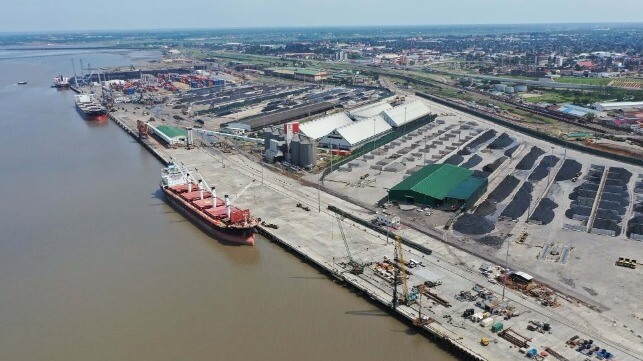
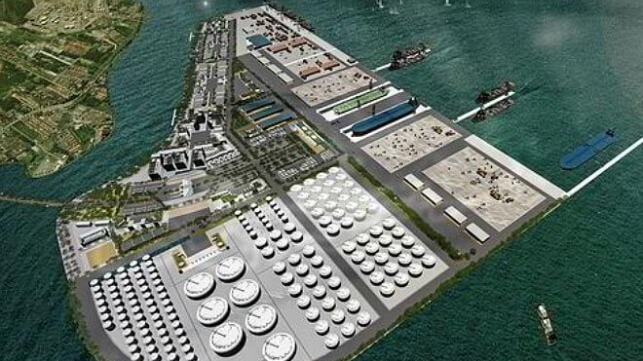
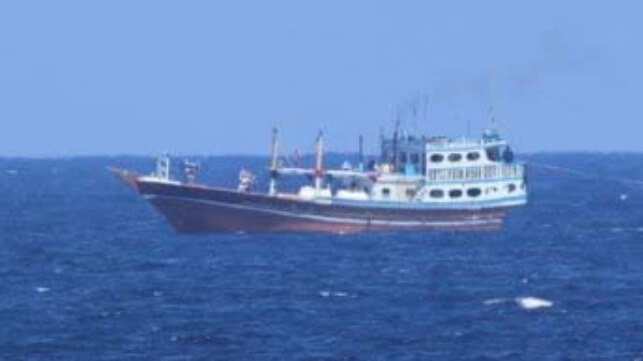
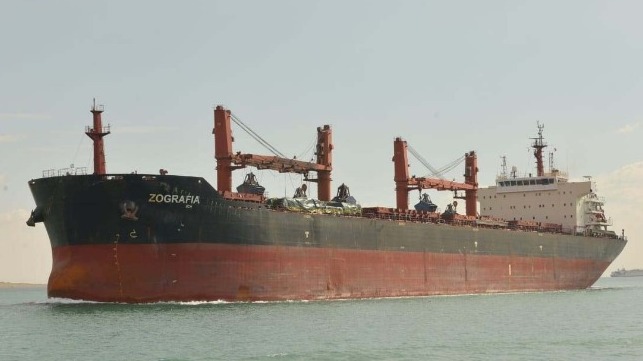
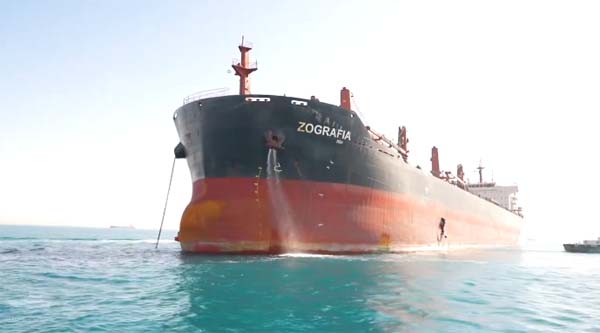
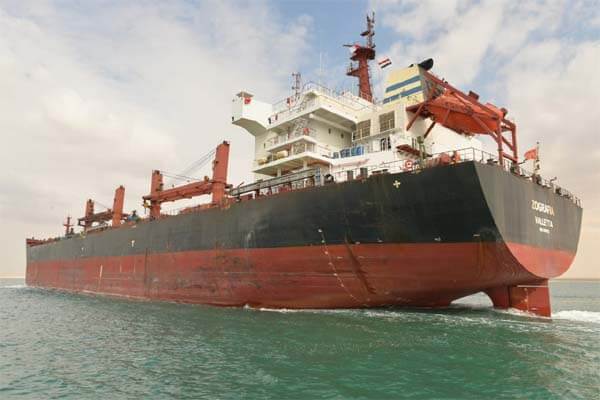
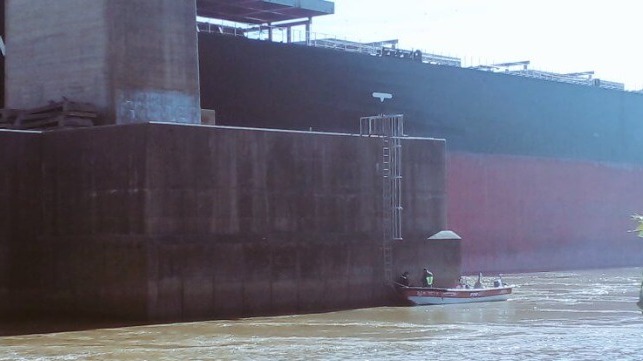
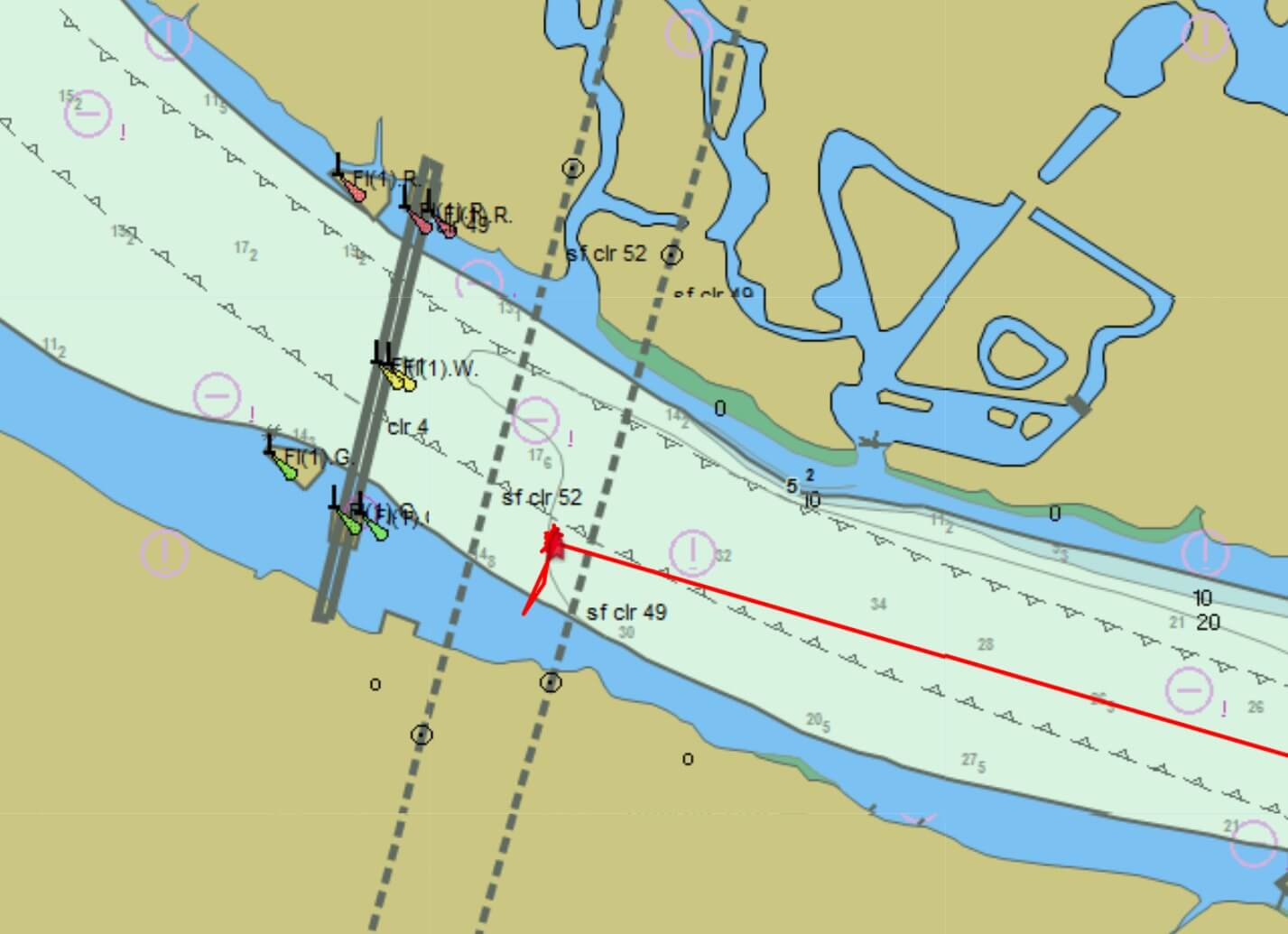 Chart courtesy
Chart courtesy 